Insulation and Ventilation: 2 Investments To Make BEFORE Solar Panels
Rick Alfandre | April 21, 2015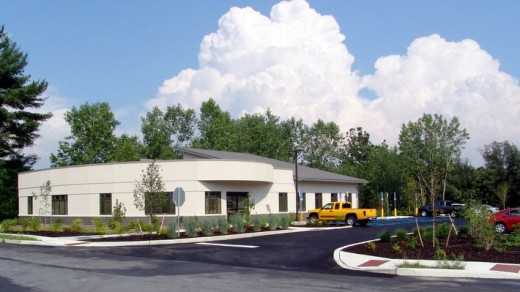
A Middletown doctor’s office built by Ecobuilders and designed by Alfandre Architecture to promote energy efficiency and health
Buildings – our homes, places of work, worship, and education – are the stages upon which we live our lives. Most of us spend most our time inside buildings. It stands to reason that we should seek to infuse these spaces and places with sustainable practices, or what we generally call green building.
When we talk about green building, we are really talking about healthy building spaces, sites, and neighborhoods, all of which can be healthy and green.
Very often, the first thing people think about when thinking of green building is solar power, or other renewable energies. While we are avid and longtime supporters of solar power at Alfandre Architecture (Our new building in New Paltz has a 37 kw system which generates nearly all our annual electrical needs), there are several things that should be resolved first, in order to maximize the value of the photovoltaic (solar electric) investment.
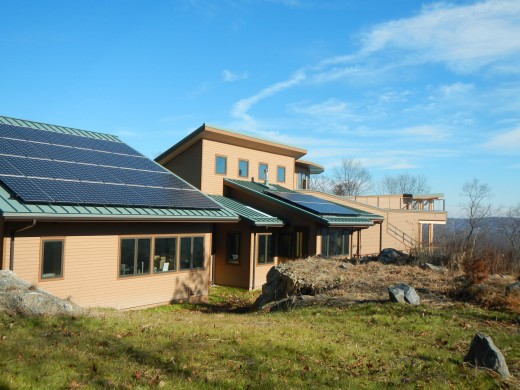
Solar panels reduce energy consumption, but there are several steps to take to make the most of your investment.
Indoor Air Quality – Mold and other indoor pollutants can create short and long term health problems for inhabitants. These issues often result from poor water management. While a house must be sealed to prevent water infiltration (roof leaks, leaks through foundation walls and concrete slabs, etc.), a house must also allow water and moisture that has gotten in to get out. Moisture facilitates the growth of mold, and without proper indoor ventilation, this will cause health problems. Use of harmful cleaning solutions, paint and stains with high VOC (volatile organic compounds) can also contribute to these problems.
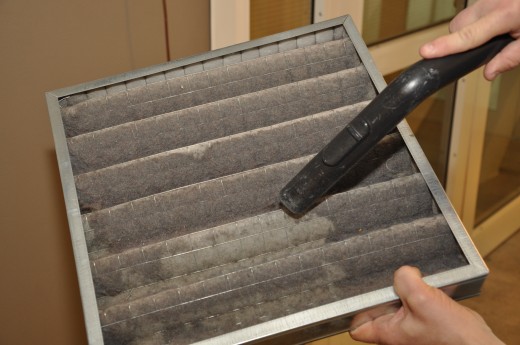
Cleaning a common air filter, via Janwikifoto
Highly Efficient Building Enclosure – A properly insulated and air-sealed building is crucial to reducing energy use, and leads to a more comfortable indoor environment. Proper insulation ensures that when you heat or cool, the temperature stays where you want it without a continuous input of energy. Materials such as glass & metal are great conductors of heat. Insulation in walls, floors and roofs, stabilizes the indoor environment and allows you to reduce the need to add energy.
Indoor air quality and efficient insulation must work together. An airtight house with poor water management will lead to problems, and similarly good moisture management practices, with poor insulation will lead to erratic temperatures, and excessive energy usage.
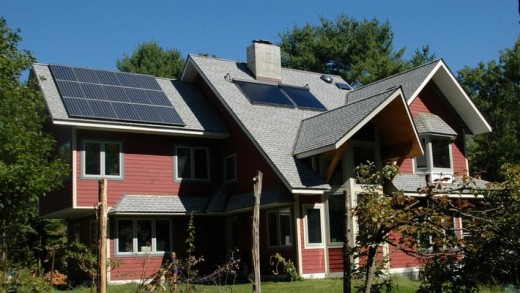
Combining good insulation and ventilation with solar panels reduced energy usage in this home by over 50%. Via Alfandre Architecture
Once you have created a healthy and stable indoor environment, installed efficient heating and cooling equipment, and installed efficient lighting and other electrical equipment, you are then ready to further reduce your energy needs with the use of a renewable energy system such as photovoltaics (solar electric panels).
Read On, Reader...
-
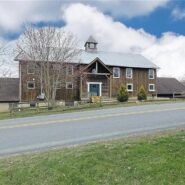
Jane Anderson | April 1, 2024 | Comment A Westtown Barn Home with Stained-Glass Accents: $799.9K
-
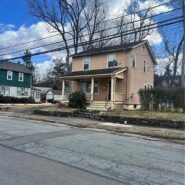
Jane Anderson | March 25, 2024 | Comment A c.1920 Three-Bedroom in Newburgh: $305K
-
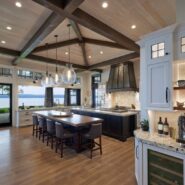
-
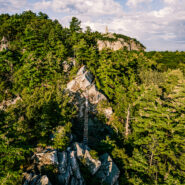
Jaime Stathis | February 15, 2024 | Comment The Hudson Valley’s First Via Ferrata at Mohonk Mountain House

